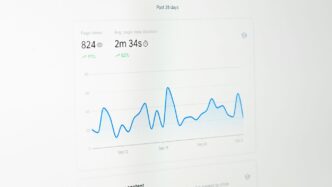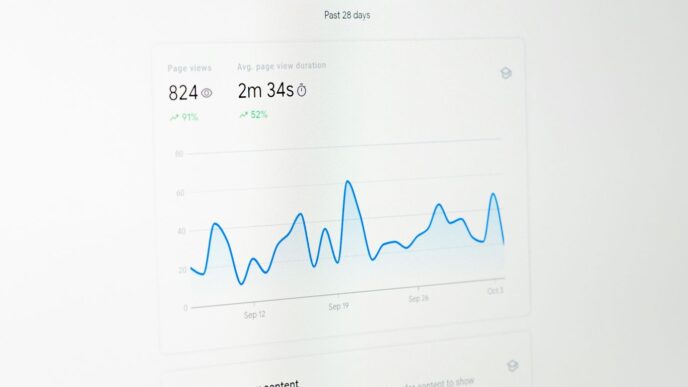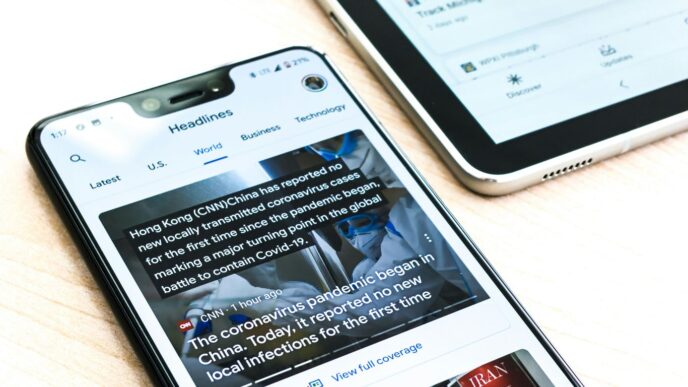Small businesses, once considered unlikely targets for cyber attacks due to their size and presumed lack of valuable data, are now in the crosshairs of cybercriminals. As more operations migrate online, digital exposure widens, making smaller enterprises increasingly vulnerable to threats they may not be prepared to handle.
Compounding this risk is the growing influence of artificial intelligence, which Daniel Tobok, CEO of CYPFER, defines as “the great accelerator of threat levels.” With the democratization of advanced tools and tactics once reserved for nation-states, even the smallest organizations must now contend with highly sophisticated attacks that rival those used in global cyber warfare.
According to a 2024 report from the Identity Theft Resource Center, 73 percent of small businesses experienced a cyberattack in the past year, with 42 percent reporting financial losses as a direct result. These attacks range from phishing scams and ransomware to data breaches that expose sensitive customer and business information. Many of these businesses lack the resources or infrastructure to effectively detect or recover from such incidents.
Many attacks originate from simple lapses in digital hygiene — weak passwords, lack of multi-factor authentication, or outdated software. However, the breaches are becoming much more sophisticated. Daniel Tobok refers to this as a “rising tide,” propelled by digital interconnectivity that increases exposure levels across all sectors. As he explains, “Most small businesses don’t realize they’re operating in a threat environment shaped by global dynamics. Digital architecture governs nearly every aspect of modern life, and that creates vulnerabilities where none existed before.”
The financial toll of an average data breach for small businesses is estimated at $120,000, according to Hiscox’s 2022 Cyber Readiness Report. This cost includes downtime, legal fees, lost revenue, and remediation expenses. For many small enterprises, something like this can mark the end of operations.
This dynamic has given rise to the need for Cyber Certainty™, a concept introduced by Tobok, which shifts the focus from reactive crisis management to proactive digital fortification. “Cyber Certainty™ is the foundation of sustainable digital operations,” Tobok says. “It’s about building internal and external digital stability before a breach occurs, not scrambling to recover after one.”
The complexity and cost of cybersecurity infrastructure often leave SMBs unsure of where to start. Being digitally diligent and cyber sensitive, however, through basic measures such as regular system audits, staff training, secure backups, and threat monitoring, can drastically reduce risk. Cyber Certainty™ starts with awareness and intentionality.
Intentionality and awareness become even more critical when considering the evolving nature of cyber threats. Digital Espionage 2.0 is a concept that encapsulates how cyberwarfare tools and strategies originally devised for geopolitical influence are now targeting small businesses. These tactics, once the domain of state-sponsored threat actors, are trickling down to criminal enterprises seeking to disrupt, extort, or steal from vulnerable entities. The playbook has changed, but many SMBs are still playing by old rules.
“In today’s landscape, even small retail shops and local service providers are at risk from tactics like spear phishing, supply chain infiltration, or zero-day vulnerabilities,” says Tobok. “The tools that were once deployed to destabilize foreign governments are now being retooled to siphon off payroll funds or encrypt databases in exchange for ransom.”
Small businesses are also often compromised through digital supply chains. A managed service provider (MSP), accounting software, or even a third-party email platform can become the entry point for malware or data theft. The trickle-down nature of these attacks necessitates a shift in how SMBs approach cyber risk. “The attack surface is bigger than most small business owners realize,” Tobok warns. “It’s no longer about whether a company is important enough to be targeted; it’s about whether it’s vulnerable enough to be exploited.”














